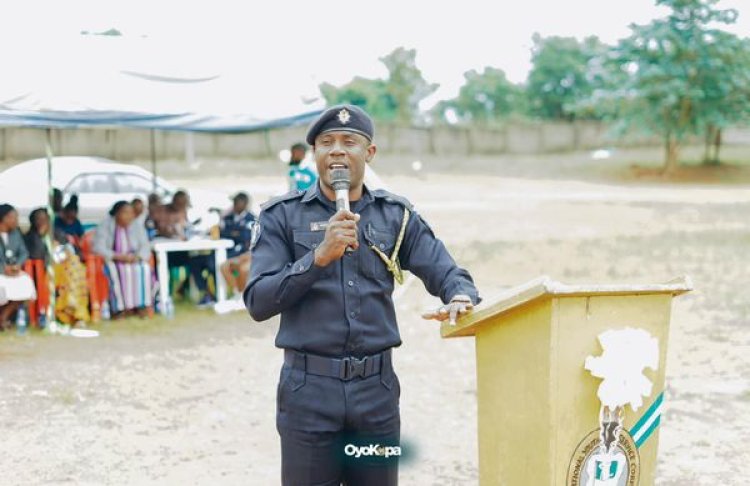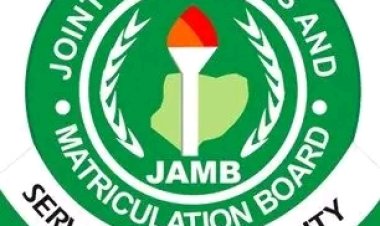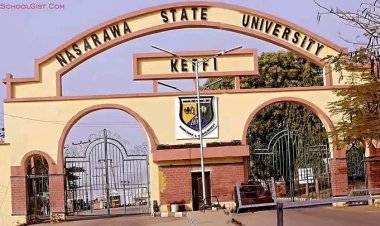Federal Fire Service Enlightens Corps Members on Fire Hazards and Safety
In a crucial component of the orientation exercise, the Federal Fire Service has conducted an informative session for the 2024 Batch B Stream II corps members stationed at the NYSC Permanent Orientation Camp in Iseyin, Oyo State.

In a crucial component of the orientation exercise, the Federal Fire Service has conducted an informative session for the 2024 Batch B Stream II corps members stationed at the NYSC Permanent Orientation Camp in Iseyin, Oyo State. The session, led by ASF Fagbenro Abayomi E., aimed to raise awareness about fire hazards and educate corps members on essential safety precautions.

During the engaging lecture, ASF Fagbenro provided comprehensive insights into fire hazards and preventive measures. He began by distinguishing between controlled and uncontrolled fires. Controlled fires, such as those from gas cookers and irons, can be managed, whereas uncontrolled fires pose significant risks and can lead to severe damage.
ASF Fagbenro emphasized the importance of switching off all electrical appliances before leaving one’s room as a fundamental precaution to prevent fire outbreaks. He outlined the three critical components required to start a fire: oxygen, fuel, and heat, and categorized the causes of fires into three main groups: accidents (e.g., earthquakes, lightning), wilful acts (deliberate arson), and carelessness (e.g., using mobile phones near gas cookers). He pointed out that carelessness is the leading cause of fire incidents.
The session also covered the classification of fires. ASF Fagbenro explained the different classes of fires:
- Class A: Fires involving materials such as paper, cloth, or wood.
- Class B: Fires caused by flammable liquids like fuel or petrol.
- Class C: Fires caused by liquefied gases, noting that 75% of fires responded to by the Federal Fire Service involved gas.
In addition to the lecture, ASF Fagbenro led a practical demonstration on how to effectively combat fires. The hands-on session equipped corps members with vital skills for handling fire emergencies, reinforcing the importance of preparedness and quick action in the event of a fire.
The informative session was well-received by the corps members, who gained valuable knowledge and skills to ensure their safety and the safety of others during their service year. The Federal Fire Service’s efforts underscore the commitment to not only serving but also educating the community on vital safety practices.
As the corps members continue their orientation, they are now better prepared to handle fire-related emergencies and contribute to a safer environment both within and beyond their service assignments.





